Hotels were abundant in Binghamton 100 years ago: Here's why
I thought I would carry on with the theme of late – that is, browsing through the city directories of this area to see how life is the same or has changed over the years. I have discussed shoe repairs and restaurants, and both have served to bring many comments from the readers. All to the good. This time, I thought I would dip a little further back in time – 100 years to be exact.
In 1923 this region was undergoing huge expansion. The cigar factories were slowly fading away, but we saw the growth of Endicott-Johnson, the rush of immigrants, and the movement of people from the failing coal mines of Pennsylvania into this area. In one year, 1924, Thomas Watson Sr. would reform the International Time Recording Company into International Business Machines (IBM).
Into this growing industrial world before the Great Depression, the region saw the arrival of thousands of tourists and business travelers coming via the railroads and roadways. There were traveling salesmen, developers, and those pouring into the United States hoping for a new life. All of these coming into the area needed a place to stay, and the Triple Cities had many accommodations for them to use.
Farewell: Felix Roma Bakery is shutting down. See what the company had to say about the closure
More history: Do you remember these Binghamton restaurants from 60 years ago?
Old industry: Who remembers shoe repair? 60 year ago, these businesses dotted the Triple Cities
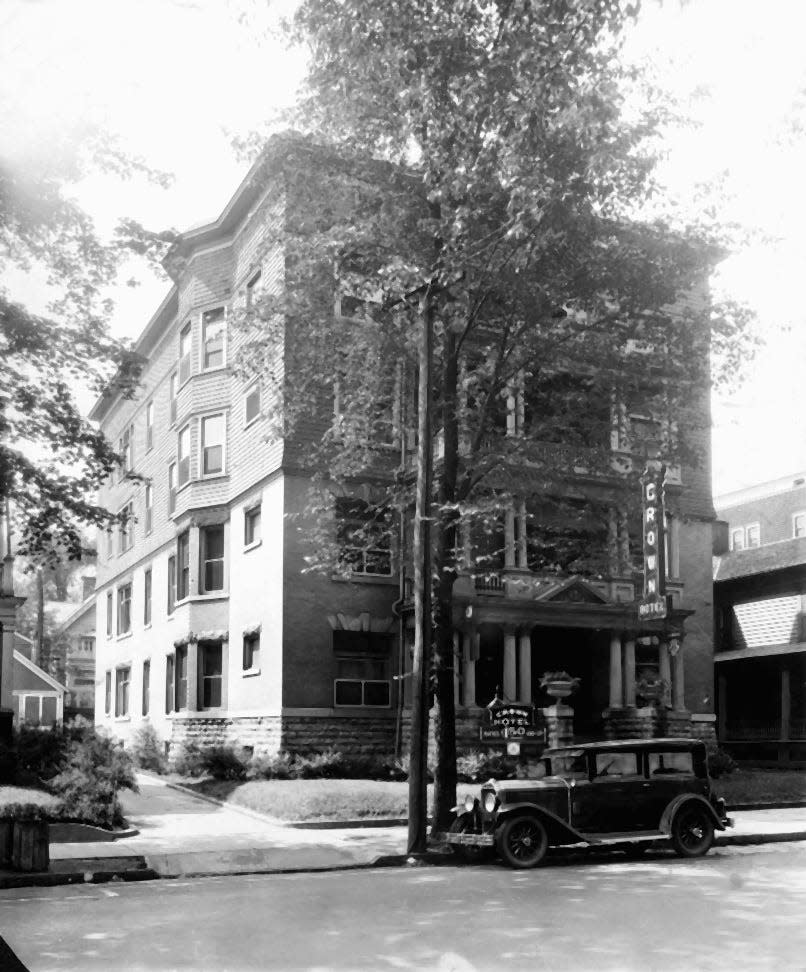
Perusing the business listings of the 1923 city directory, I found that there were 34 hotels listed for Binghamton, none were listed in Johnson City, and there were two listed in the village of Endicott. A total of 36 hotels for the area.
While this may seem like a huge number (and it is), there were various levels of what could be defined as a hotel. Not every hotel listed would be considered as a grand hotel, or even a full-service hotel with restaurants and other amenities for the visiting person. In Binghamton, those would include the Arlington Hotel, which had grown to 300 rooms by the mid-1920s, its next-door neighbor, the Hotel Carlton on Chenango Street, and the Hotel Bennett located at 182 Washington St.
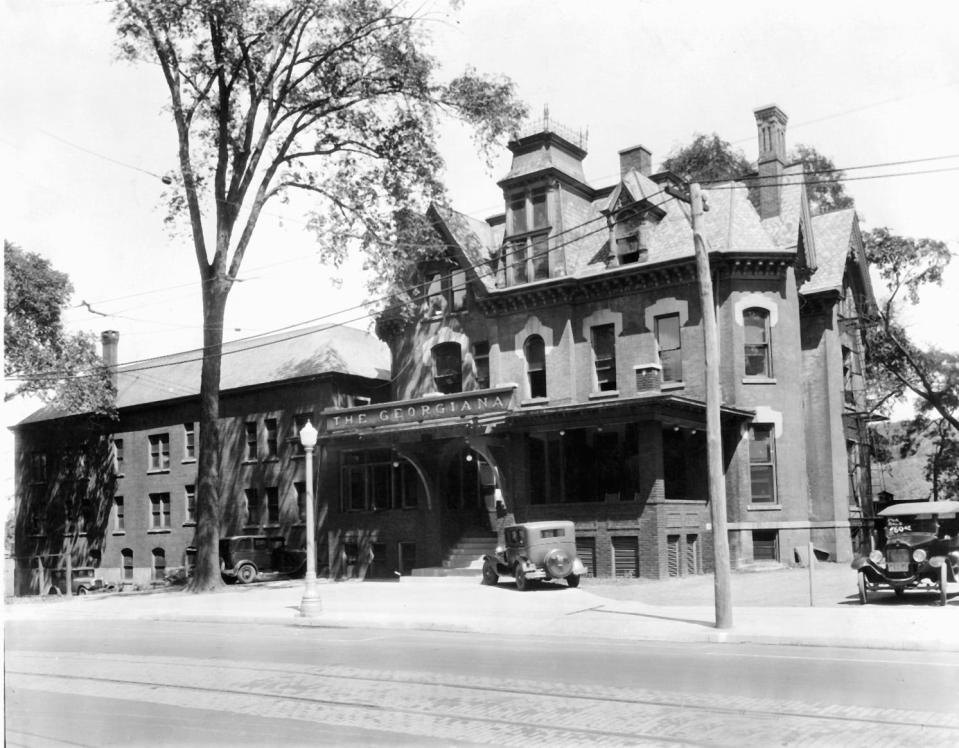
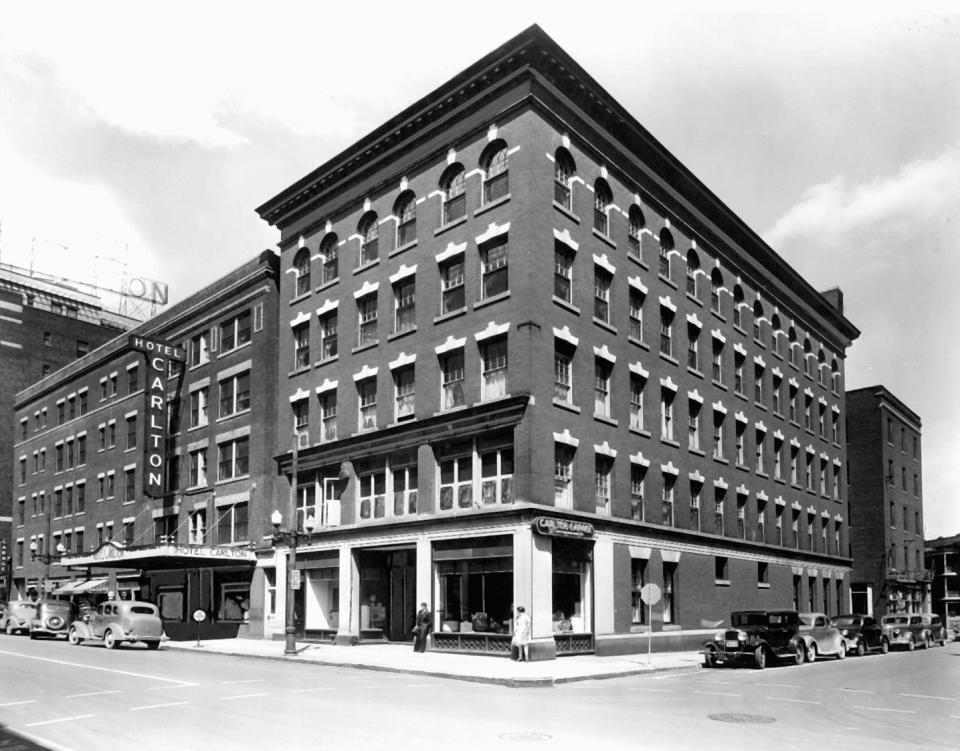
While those were the largest in Binghamton at that time, Endicott had the Hotel Frederick, which was then located on the east side of Washington Avenue (before relocating to the west side much later). That hotel was constructed by the Endicott-Johnson Corporation to house many of the traveling salesmen and business leaders who were working with that shoe industry.
Others could be considered boarding houses or even apartment houses since they offered long-term staying for visitors. That list included the Hotel Lincoln on Main Street, the Crandall House on Court Street, the New Georgiana Hotel on Lewis Street, the Donnelly Hotel on State Street, and the Mattoon on Washington Avenue in Endicott.
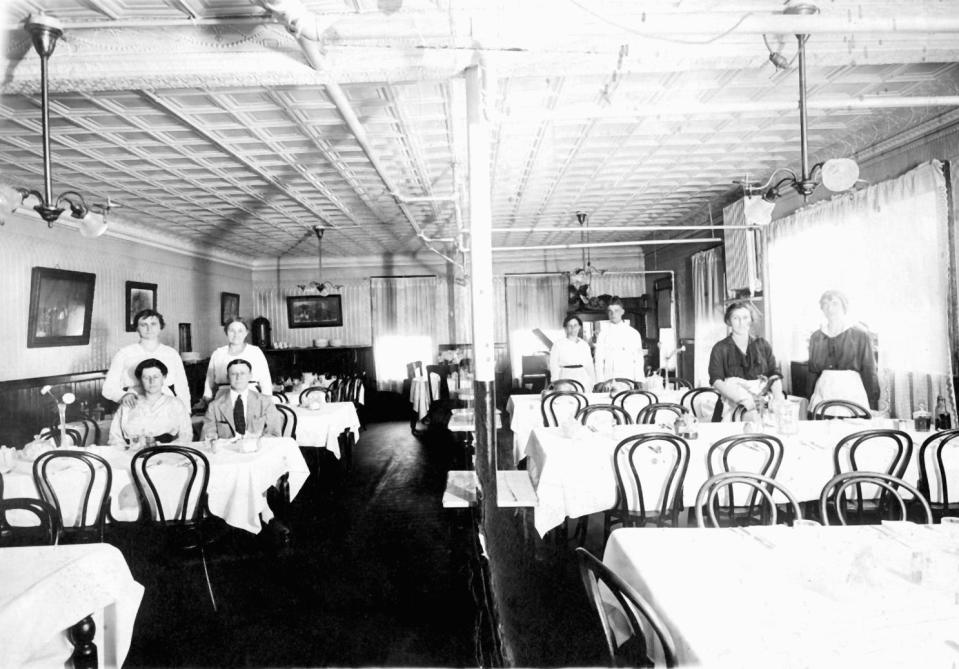
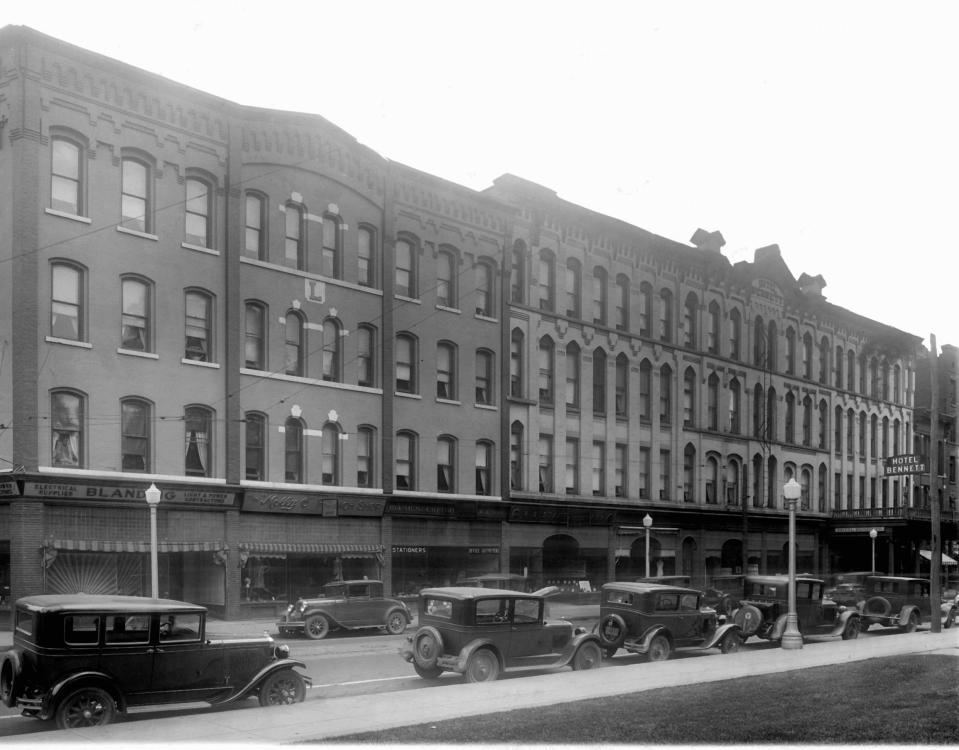
But there were many others, which while smaller also offered rooms to the many visitors to this region. Some of the names were familiar to me after doing research for many years, but others I had never run across. These included the Boston Hotel on Henry Street, which would later be renamed the Dixie Hotel, the Eureka Hotel on Prospect Street, the McDonald Hotel on Lewis Street, the Niagara Hotel on Lewis Street, the Thorn Stag Hotel on Henry Street, and West Side Hotel on Clinton Street.
You may notice a common thread – that many of the hotels were located within a short distance from the passenger rail stations. The travelers could find rooms ranging in price from very cheap to expensive – something to meet each traveler's needs. There are also many smaller hotels listed only under the names of the owners, including Paul Gaidusek on Clinton Street, Fred Kline on Clinton Street, Fred Hutta on Glenwood Avenue, and Stephen Kruty on Clinton Street. Smaller establishments located in and around the factories of Ansco, Vail Ballou and accommodating many of the recent immigrants to the region.
In today’s world, we have become accustomed to the many chains of nationally recognized hotels that dot our landscape. While the total number may be fewer than in 1923, the total number of rooms probably exceeds what was available 100 years ago. Today, we welcome new arrivals, the parents of Binghamton University students, and many others conducting business in our community. A century apart, but still looking for a room to let.
Gerald Smith is a former Broome County historian. Email him at historysmiths@stny.rr.com.
This article originally appeared on Binghamton Press & Sun-Bulletin: 100 years ago in Binghamton hotels were abundant

